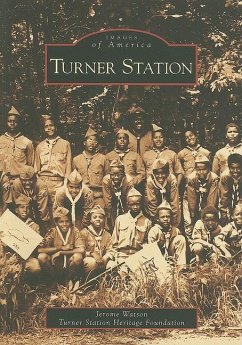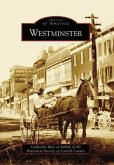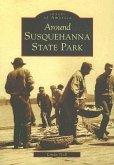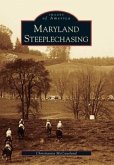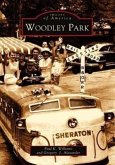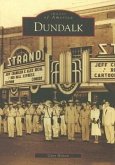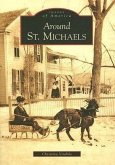In 1888, a passenger freight station was built by the Baltimore and Sparrows Point Railroad on land owned by Joshua J. Turner, a local businessman. The train stop was called Turner Station, and as the nearby community grew, it took on that name. The communityas first church, St. Matthews Methodist Church, was founded in 1900, while the first public school, Turner Elementary School, was built in 1925. Adams Bar and Cocktail Lounge, an important entertainment establishment, came into being in 1933. It attracted top acts in African American music and comedy during the 1930s, 1940s, and 1950s, including Red Foxx, Pearl Bailey, and Fats Domino. Turner Station was home to individuals who made lasting contributions to the state and nation, including Dr. Joseph Thomas, physician, businessman, and diplomat; Kweisi Mfume, NAACP president; Calvin Hill, former NFL star; and Kevin Clash, puppeteer.

